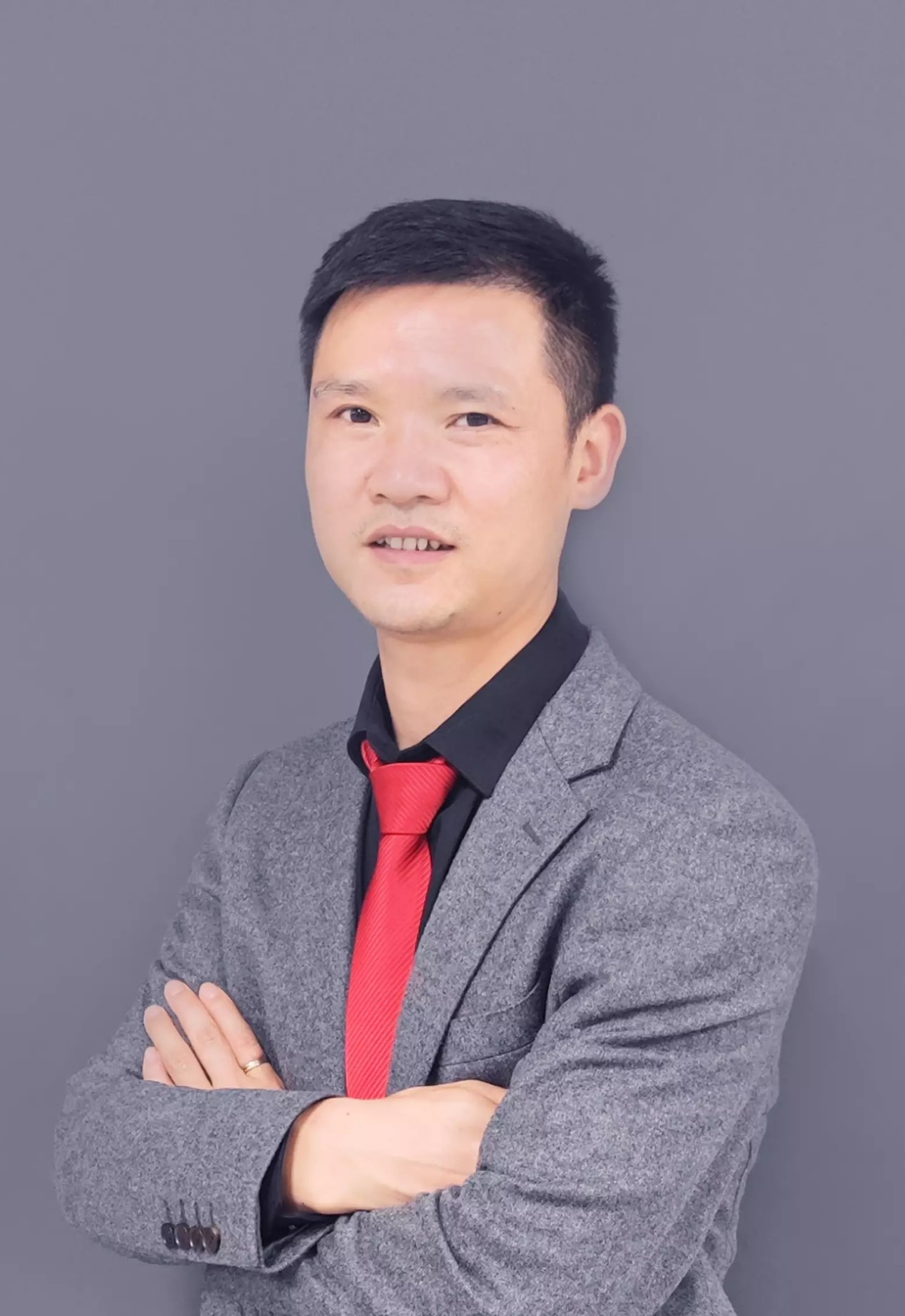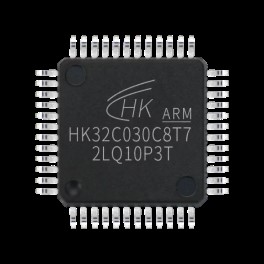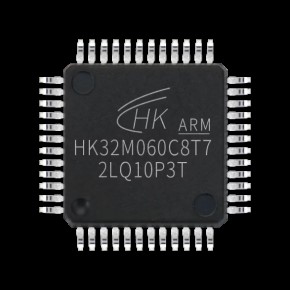Opportunities for Chinese Domestic Brands Going Global
Looking at the current industry situation, for Chinese domestic semiconductor suppliers, opportunities can be seen from the following aspects. Firstly, the overall market demand is rapidly growing. In recent years, the Chinese semiconductor industry has achieved rapid development, with sales increasing from 788.5 billion yuan in 2017 to 1,242.3 billion yuan in 2021. Secondly, domestic manufacturers continue to enhance their technological breakthroughs and innovation. With the rise of domestic substitution, the Chinese semiconductor industry is gradually developing in a positive manner, with a compound annual growth rate of 22.8%. This provides domestic semiconductor brands with opportunities for technological breakthroughs and innovation to enhance their competitiveness in the global market. Furthermore, the rise of the new energy vehicle market presents a significant market opportunity for intelligent vehicles, which is a huge market opportunity for Chinese semiconductors. China has several domestic intelligent vehicle companies whose global market share is steadily increasing. They will drive the Chinese semiconductor industry supply chain and provide enormous market opportunities for domestic chips. At the same time, there are opportunities in the international market. Currently, the global semiconductor market still faces supply shortages, providing an opportunity for Chinese semiconductor products to enter the international market. In summary, Chinese semiconductor brands have broad development space and opportunities in overseas markets. However, they also need to continuously improve their technological research and development capabilities and product quality to adapt to the increasingly fierce international competitive environment.

Figure 1: Liu Jiping, Chairman of Hangshun Chip
Four Challenges Faced by Chinese Domestic Brands Going Global
Alongside opportunities, challenges are inevitable for Chinese domestic brand suppliers. At the current stage, Chinese domestic suppliers will mainly face four major challenges:
Technological Challenge: In the global semiconductor industry chain, Chinese domestic brands are relatively late to enter, with a certain gap in research and development investment, weak technological accumulation, and facing severe challenges in the middle to high-end semiconductor technology field. Therefore, to enhance their technological innovation capabilities, domestic brands need to accelerate the narrowing of the gap with international advanced levels.
Market Competition Challenge: The global semiconductor market is highly competitive, and all parties are seeking to reshape the global semiconductor industry chain. International well-known brands have long occupied a significant share in most fields. Therefore, in the fierce competitive environment, domestic brands need to improve their product innovation and localization service capabilities to seize market share from international brands.
Quality Challenge: Semiconductor quality optimization and reliability verification rely on market applications, which is a disadvantage for domestic brands compared to international brands.
Legal Challenge: Various countries have strict legal regulations on the import and use of semiconductor products. Chinese semiconductor brands need to understand and comply with these regulations to avoid legal risks when entering overseas markets
Four Strategies for Hangshun Chip in Addressing Challenges:
Technological Challenge: Hangshun Chip will continue to increase research and development investment, introduce and cultivate advanced technical talents, and collaborate with domestic and international research institutions to enhance its technological innovation capabilities.
Market Competition Challenge: Hangshun Chip will deeply understand the demands and rules of the target market, formulate flexible market strategies, and strengthen brand building and marketing promotion to improve its reputation and influence in overseas markets.
Quality Challenge: Hangshun Chip has established a strict quality control system and actively participates in relevant international standard certifications. In October of this year, Haishun Chip obtained the ISO 26262 highest level ASIL D certification, and its automotive-grade products have also passed the AEC-Q100 reliability and safety certification.
Legal Challenge: Hangshun Chip has hired a professional legal advisor team to understand and comply with the laws and regulations of various countries, in order to avoid legal risks when entering overseas markets.
Hangshun Chip's Products for International Expansion:
After years of unremitting efforts, Hangshun Chip has obtained the ISO 26262 highest level ASIL D certification and established a development process and quality management system that fully complies with the ISO 26262:2018 standard requirements. At the same time, Hangshun Chip has built a highly capable functional safety team with both professional skills and management capabilities for automotive-grade MCU chips. Currently, multiple products have passed the AEC-Q100 reliability and safety certification, and the product quality and performance are on par with top international brands.




Figure 2: showcase of Hangshun chip products
The main products that Hangshun Chip focuses on in the international market are MCUs, as well as passive devices such as EEPROM, NOR Flash, and power management. The main features of its MCU products are high compatibility, reliability, and cost-effectiveness. Many MCU products are compatible with foreign brand products in terms of software and hardware, and general-purpose development tools are convenient for users. Moreover, the products are designed according to industrial-grade requirements and have highly competitive prices. Technical support and after-sales services are primarily provided through local agents or distributors, with online support from the original manufacturer as a supplementary option. In recent years, successful cases of applications such as LED light control and motor control have been achieved in the Indian market.
Brand Marketing for Hangshun Chip's International Expansion:
Hangshun Chip adopts various methods and channels for brand marketing in overseas markets. Firstly, considering the trend of globalization, the company has established an overseas official website to showcase the company's brand image and help partners and customers have a detailed understanding of Hangshun Chip's dynamics and product technology.
Secondly, Hangshun Chip participates in international industry exhibitions every year, such as the Munich Electronics Fair and the China High-Tech Fair, to comprehensively demonstrate Haishun Chip's product advantages and technical strength to overseas markets.

Figure 3: Displays of Hangshun chip
Furthermore, Hangshun Chip has established good cooperative relationships with numerous industry media and association alliances, using third-party voices and perspectives to objectively convey Hangshun Chip's brand value to overseas markets.
Guidelines for Chinese Semiconductor Companies' International Expansion:
Chinese semiconductor brands, when doing marketing in overseas markets, first need to clarify their target markets and customer groups. Understand their needs, consumption habits, and cultural backgrounds in order to develop products and services that better meet their requirements.
Secondly, brand building is crucial. Establish and maintain brand image by providing high-quality products and services, as well as excellent after-sales service. Utilize various marketing channels, such as social media, industry exhibitions, and public relations activities, to increase brand visibility and influence.
Additionally, collaborating with Chinese partners is also a good approach. For example, Chinese semiconductor products can be integrated into the products of Chinese electronic manufacturers to expand the market.
Lastly, compliance with local laws and regulations and respect for local customs and traditions are key to success in overseas markets.
Hangshun Chip's Vision Statement:
To build Hangshun into a borderless ecosystem-level enterprise with HK32MCU as the core.
Key Milestones in the Development of Hangshun Chip:
2006: Establishment of Shanghai Hangshun Microelectronics.
2013: Formal establishment of Shenzhen Hangshun Chip Technology R&D Co., Ltd.
2014: Independent research and development of LCD display driver chips for mass production.
2015: Independent research and development of power management chips for mass production.
2016: Independent research and development of EEPROM storage chips for mass production.
2017: Formation of the HK32mcu/soc Wang Xiang R&D team, official development of 32MCU/SOC, establishment of Chengdu R&D center, and recognition as a national high-tech enterprise.
2018: Mass production of China's first forward-designed PIN TO PIN software-compatible (M3 core 32-bit MCU - HK32F103 family) and (M0 core 32-bit MCU - HK32F030/031 family) in July and September, respectively.
2019: Mass production of the world's first sub-RMBcoin price MCU - HK32F103 family, official establishment of Hangshun Chip Hong Kong Limited, and recognition as a national intellectual property advantage enterprise.
2020: Mass production of China's first world-class 20nA ultra-low power 32-bit MCU family - HK32L0XX. Mass production of 32-bit MCUs specialized for optical modules - HK32ALG31 family, breaking foreign monopolies. Mass production of ultra-low power Bluetooth BLE SOC - HK32W0XX family. Mass production of SOC for 5G optical modules. The founder led the executive team in refining the three pillars of corporate culture: mission, vision, and values. Comprehensive efforts were made in corporate culture construction and implementation.
2021: Introduction of China's first ARM+RISC-V multi-core heterogeneous SOC family - HK32U1009. Mass production of specialized 32-bit MCUs for IoT security, embedded FOC hardware acceleration algorithm for motor drive, and other applications. Introduction of specialized SOCs for AI speech recognition, AI image recognition, and other applications.
2022: Mass production of more than 300 models across 29 families of Hangshun HK32MCUs.






